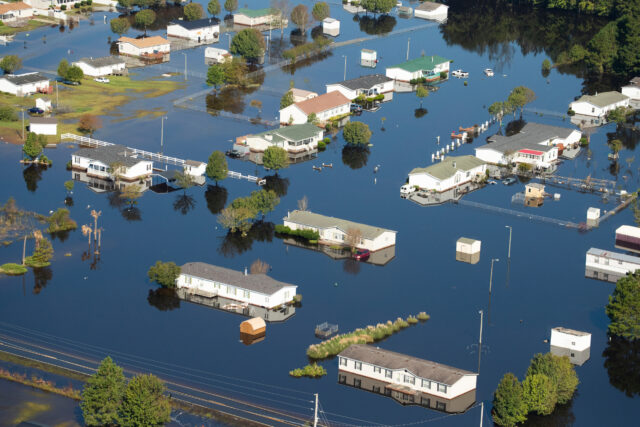
Renewable energy
Renewable energy is a vital tool for tackling climate change. Discover how it works and understand the advantages of wind, solar and water power.
What is renewable energy?
Renewable energy comes from the Earth’s natural resources – sunlight, wind, waves, the tides and geothermal heat from deep within our planet. It has two great advantages:
- It will never run out, unlike oil, coal and gas.
- It’s clean – it doesn’t pollute the planet or cause dangerous climate change.
It is versatile and adaptable. Renewable energy can supply huge cities on the grid or remote villages unconnected to any mains electricity. And the sheer range of technologies means that one or another will be suitable almost anywhere.
Renewable energy sources
Renewable energy is also known as green energy, clean energy or sustainable energy. The most common sources are:
Wind power
Wind power is the energy found in the movement of air. It’s normally captured by turbines on land or out at sea. It’s one of the best-known renewable energy sources because it’s so widely used, and the turbines are easy to recognise on the horizon.
Solar power
Solar power is energy from sunlight. It’s usually captured by solar panels and turned into electricity.
Hydropower
Hydro power takes energy from the movement of water in a river. Hydro power plants use the flow of water to spin a turbine and generate electricity. Large scale hydro power plants can be very harmful to the local environment.
Biomass energy
Biomass is the stuff that living things are made of – in this case normally wood or other plants. We can burn biomass in a power station to generate electricity. This can cause air polllution, and be bad for the environment if the biomass isn’t sourced responsibly.
Geothermal energy
Geothermal energy comes from heat that’s trapped deep underground. We can use this heat directly, or or create electricity with it.
Wave power
Wave power comes from the movement of water on the surface of the ocean. There are a few different ways to capture it, but none of them are widely used at the moment.
Tidal power
Tidal power comes from the movement of water as the tides rise and fall. The water can be captured in a giant lagoon then released through a turbine to generate electricity. Tidal power isn’t widely used at the moment.
Renewable energy in the UK
The UK has some of the best renewable energy sources in the world. Our islands, battered by wind and waves, are perfect for tapping into these power sources. Even solar energy has a role to play – solar panels are more efficient in direct sunlight, but can generate power even on a cloudy day.
New developments in battery storage mean renewable energy can be used even when the wind isn’t blowing or the sun shining. This provides a fantastic opportunity for the UK to be at the forefront of technological innovation, creating jobs and driving down costs even more.
The rise of renewable energy
Renewable energy is slowly replacing fossil fuels. In 2015 renewables in the UK generated more power than coal for the first time ever, and by 2018 was approaching the level of gas generation. It’s also getting much cheaper. Wind power now costs far less than nuclear, and between 2015 and 2017 the price of offshore wind halved.
All this makes much of the government’s attitude towards renewable energy at odds with its claim to being an international leader on tackling climate change. Cuts to government support for solar power has led to a drop in the number of solar panels being installed, and continued political and financial backing for fossil fuels and nuclear power just don’t make sense. The UK is legally committed to tackling climate change and, by 2050, reducing emissions by 80% compared to 1990. There is pressure on all governments to get to zero carbon emissions even before 2050 if we have any hope of keeping global temperature rises below 1.5 degrees.
Massively increasing renewable energy is the most important way the government is going to meet its commitments, and for us to have a chance of stopping the worst effects of climate change from happening.
Making the transition fair
As we make the switch from fossil fuels to renewable energy, it’s important that ordinary workers aren’t left behind. At the moment, lots of people’s livelihoods are tied to polluting industries, and they need a ‘just transition‘, with proper training and support to help them make the move into green jobs.



